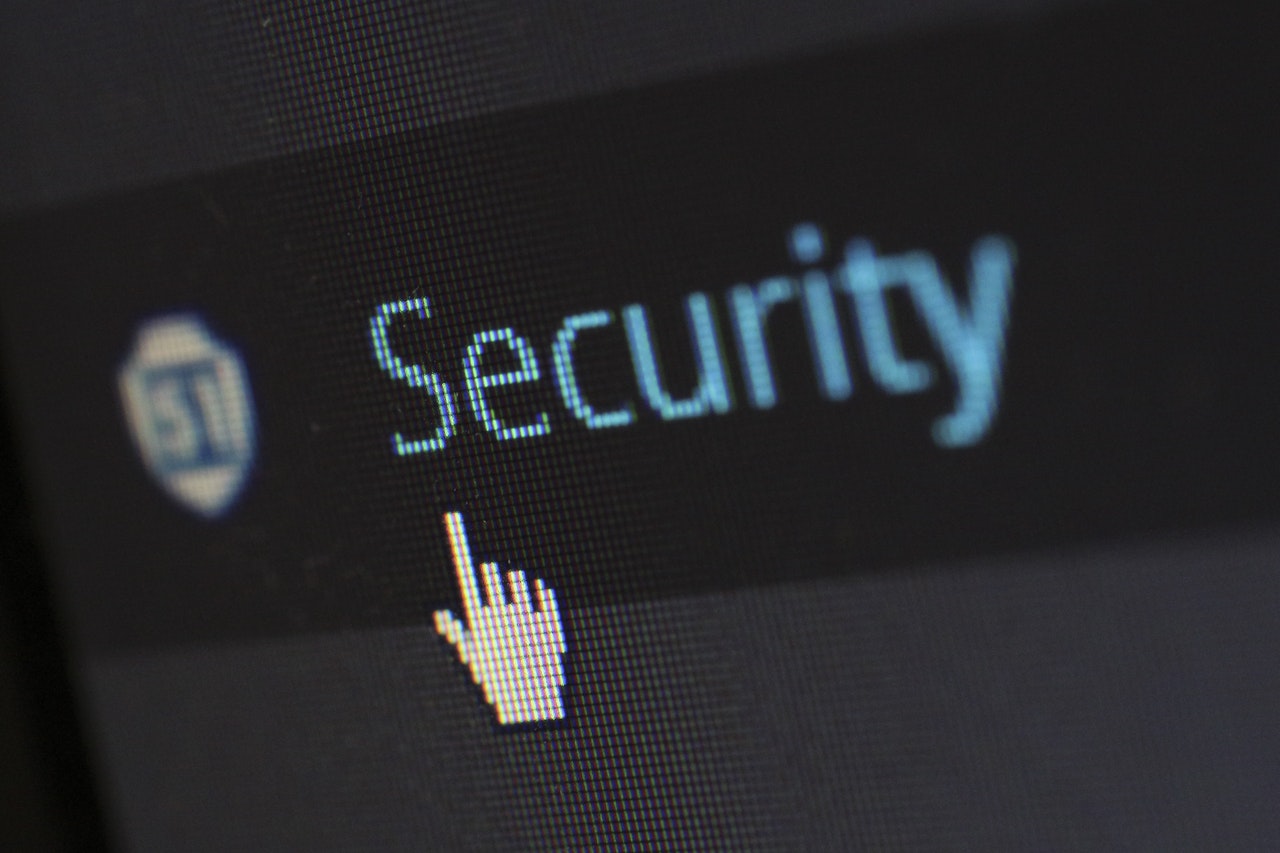The journey into self-employment brings many challenges. Besides developing a viable business model and finding customers, the security of sensitive data plays a key role. Especially for founders often working with limited resources, data loss or security incidents can threaten the economic existence. How can young companies protect themselves?

The Importance of Data Security
In today’s digital world, company data is the backbone of every business. Whether it’s customer lists, business plans, or financial data – losing this information can have far-reaching consequences. Cybersecurity and cyber resilience are therefore crucial for companies of all sizes. However, statistics show that small businesses, in particular, are often inadequately prepared for such incidents. The damage caused by data theft or loss often goes far beyond direct financial losses. The trust of customers and partners is also at stake.
Typical Threats to Company Data
The dangers to data security are diverse. For an initial overview, it’s useful to distinguish between three basic risk categories:
- External threats through cyber attacks such as hacking and social engineering.
- Internal risks such as carelessness, errors, technical problems, and accidents.
- Consequences of non-compliance with requirements such as data protection laws.
Measures for Data Security
At first, it might seem like founders are at a disadvantage when setting up security—they’re starting from scratch, after all. But that’s also their biggest advantage. Without old systems to deal with, they can build things the right way from the beginning. GuidePoint IAM services help make that possible, making sure security, backup, and recovery are solid from day one. What seems like a setback can actually turn into a long-term advantage.
- Regular Backups: Automated backup copies ensure that important data can be restored even in the event of an incident. Ideally, these are stored in different formats and locations.
- Encryption: Protecting sensitive information through modern encryption technologies makes unauthorized access difficult. This is especially essential for mobile devices or cloud storage.
- Access Management: Only authorized individuals should have access to critical data. Systems that assign and log permissions individually are helpful here.
- Training: Employees are often the weakest link in the security chain. Regular training on recognizing phishing attacks and the safe use of IT systems is indispensable. Especially in small teams, it’s important that everyone understands the relevance of IT security.
The Role of Data Recovery
Despite all precautions, data loss can never be completely ruled out. In such emergencies, data recovery comes into play. Professional providers can restore deleted or damaged data. Even RAID data recoveries are not a problem for specialized experts if action is taken quickly. Time is a critical factor here, as lost data is often irretrievably overwritten through continued use of the affected system.
A prepared emergency plan can help save valuable time in such situations. This has to define clear steps for how employees and management should proceed in the event of data loss. It’s also sensible to establish contacts with trustworthy data security and data recovery services in advance and know their costs and services.
Best Practices for Founders
Establish a Data Security Concept Right from the Start
Starting with a well-thought-out data security concept means you don’t have to laboriously integrate it into existing processes later and can tailor it exactly to your requirements.
Collaboration with IT Security Experts
Collaborating with IT security experts can be particularly helpful in the initial phase to identify and address vulnerabilities. Having experts for emergencies like data recovery specialists on hand provides additional security and enables quick reactions in case of emergency.
Continuous Adaptation to Changing Conditions and New Threats
It’s important to understand that data security is not a one-time project but a continuous process. The company grows, processes change, and the threat landscape is also in constant flux. Security measures must be adjusted accordingly.
Conclusion
Data security and data recovery are not just technical issues but also strategic success factors for founders. Those who take the right measures early on and are prepared for possible emergencies can minimize risks and strengthen customer trust. The investment in security measures may seem costly at first glance but pays off in the long run.
In an increasingly digitalized world, protecting sensitive data is an indispensable component of every successful business start. It’s not just about technical implementation but also about a lived security culture within the company. When all involved take the issue seriously, the chances of long-term success increase significantly.













